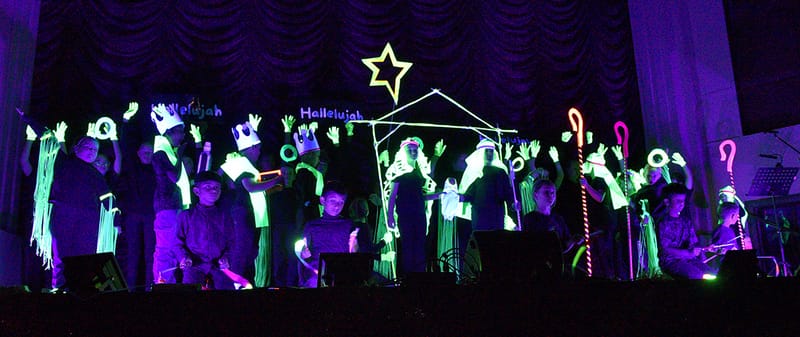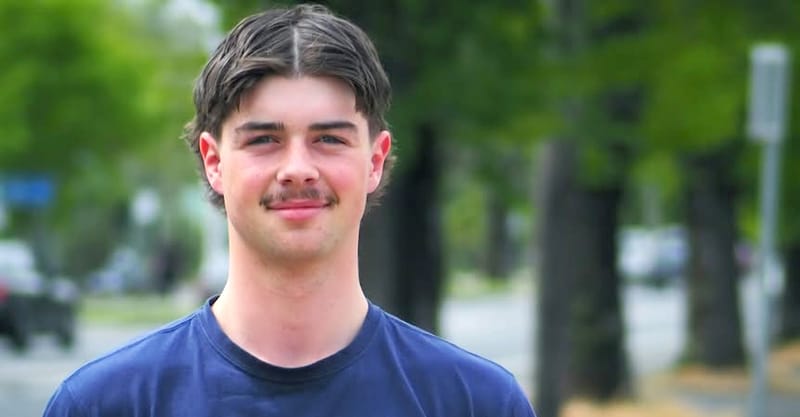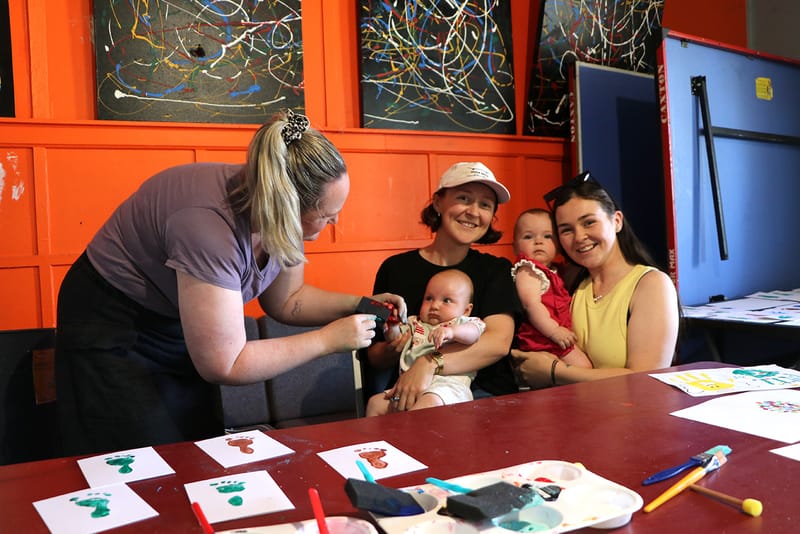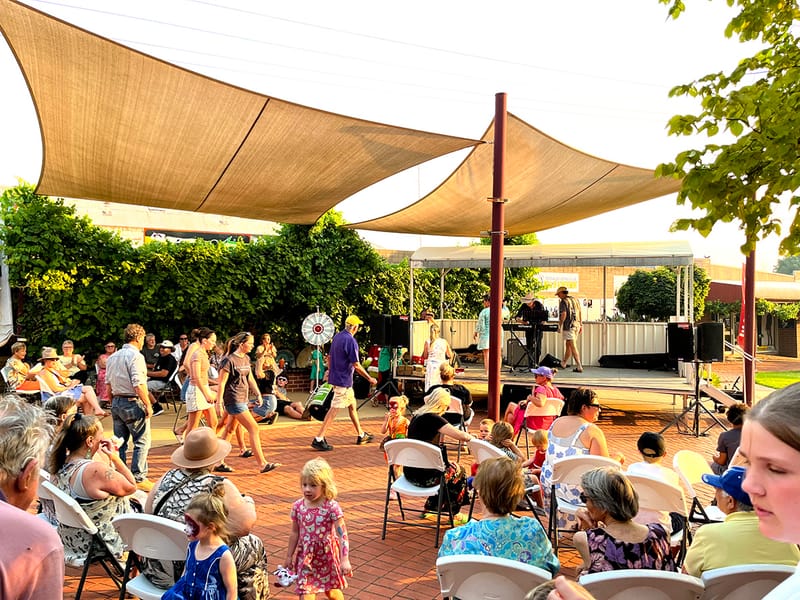Mining Is On Mallee Minds
Farmers and locals from Birchip and surrounding areas filled the Birchip Community Leisure Centre on Wednesday night to learn of the proposed mining projects and their impacts on agricultural production and the wider community. Andrew Lee addressed...
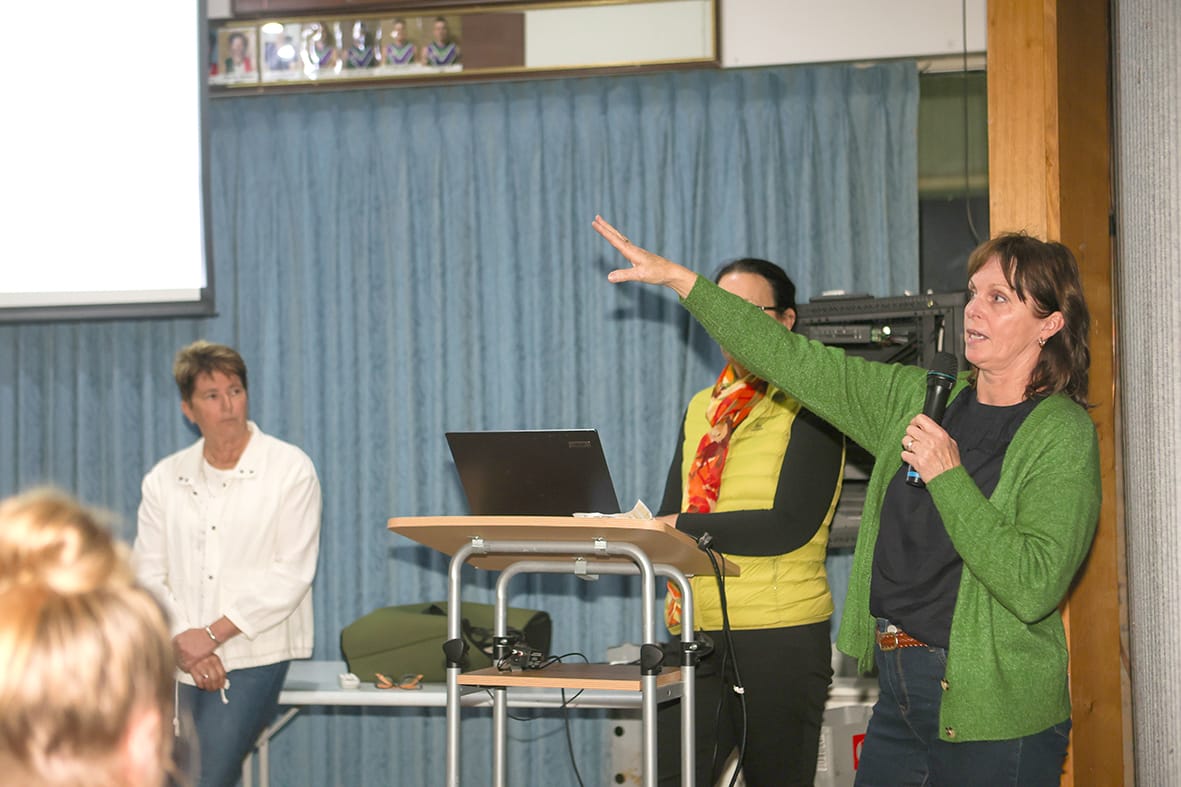
Farmers and locals from Birchip and surrounding areas filled the Birchip Community Leisure Centre on Wednesday night to learn of the proposed mining projects and their impacts on agricultural production and the wider community.
Andrew Lee addressed the crowd of 150, whose anticipation had been building as Facebook posts gained attention across the district, sparking a wave of community discussion and diverse opinions on the issue.
The 100-minute-long documentary, “Mine-Field”, produced by investigative journalist Peter Vaughn, was screened to community members, which shared the experiences of Victorian farming communities affected by local mining activities.
From Gippsland and Stawell, to Bendigo and Horsham, the documentary revealed the effects of mining and their impacts on the agricultural land and health of community members in these rural areas.
It highlighted the long battle of Bairnsdale community members in East Gippsland who fought mining company, KALBAR, over a proposed mining project and won.
Victoria’s Mining Laws
A key point of the film was its criticism of Victoria’s mining laws, which it argues are “rigged” and “biased”, and provide Victorian mining companies with more operational freedom compared to regulations in other states.
In Victoria, landowners do not have the legal right to prevent a mining company from accessing their land once government approvals are granted. In contrast, in Western Australia, a mining company must obtain the full knowledge and agreement of the landholder before accessing agricultural land.
The documentary raised concerns about the accuracy of rehabilitation cost estimates provided by mining companies. It suggested that these estimates, called rehabilitation bonds, are often lower than the actual costs, potentially leaving Australian taxpayers responsible for covering the shortfall, which can exceed millions of dollars.
The film also highlighted concerns about the long-term health effects on community members, noting that dust from the mines may contain cancer causing compounds such as radioactive minerals. This could potentially impact living conditions on farms and increase cancer risks for community members by up to 25 per cent.
Community Support
In a statement to the “Buloke Times”, Member for Mallee, Dr Anne Webster, says that she accepts mining projects but only if the wellbeing and safety of the community is put first.
“I welcome investment in Mallee where the proponents work genuinely and constructively with local landholders and communities to secure genuine social licence,” she said.
“I am particularly favourably inclined to companies that will process and invest in the Australian supply chain, not send raw minerals away to some of our biggest competitors, undermining Australian jobs.”
Dr Webster also acknowledged the frustrations felt by those locals who have been affected by the mining companies.
“Constituents have approached me - some in tears - from across the electorate on the recent and very poor behaviour of energy and mining proponents towards farmers,” Dr. Webster said.
“I have told mining and energy companies to lift their game and respect local people.”
Discussion
Following the documentary, Andrew discussed the proposed mining area close to Tchum Lake, which is currently sitting under a retention licence, giving the licensee tenure over the land before progressing to a mining licence.
“The mining company has already put a rehabilitation bond on the land, so it’s a lot closer than we thought, about ten years in the making,” Andrew informed the audience.
Andrew invited Donna Johns and Tanya Clarke to the microphone. Both have their family farms within the proposed mining areas, which are in the planning stage of the mining process and could “be in strife” in a couple of years’ time.
The Johns family has been farming in the Dooen area, outside of Horsham, since 1884. They’re dealing with mining company WIM Resources, who have told the family they will be unable to live in their home, which sits in the middle of the proposed mining site, for 36 years, the life of the mine.
Donna said she was approached several years ago by WIM Resources, demanding that the company test drill on the Johns’s property for core samples. The Johns family declined the request, but when the company threatened the family with VCAT and the Supreme Court, the family was forced to agree.
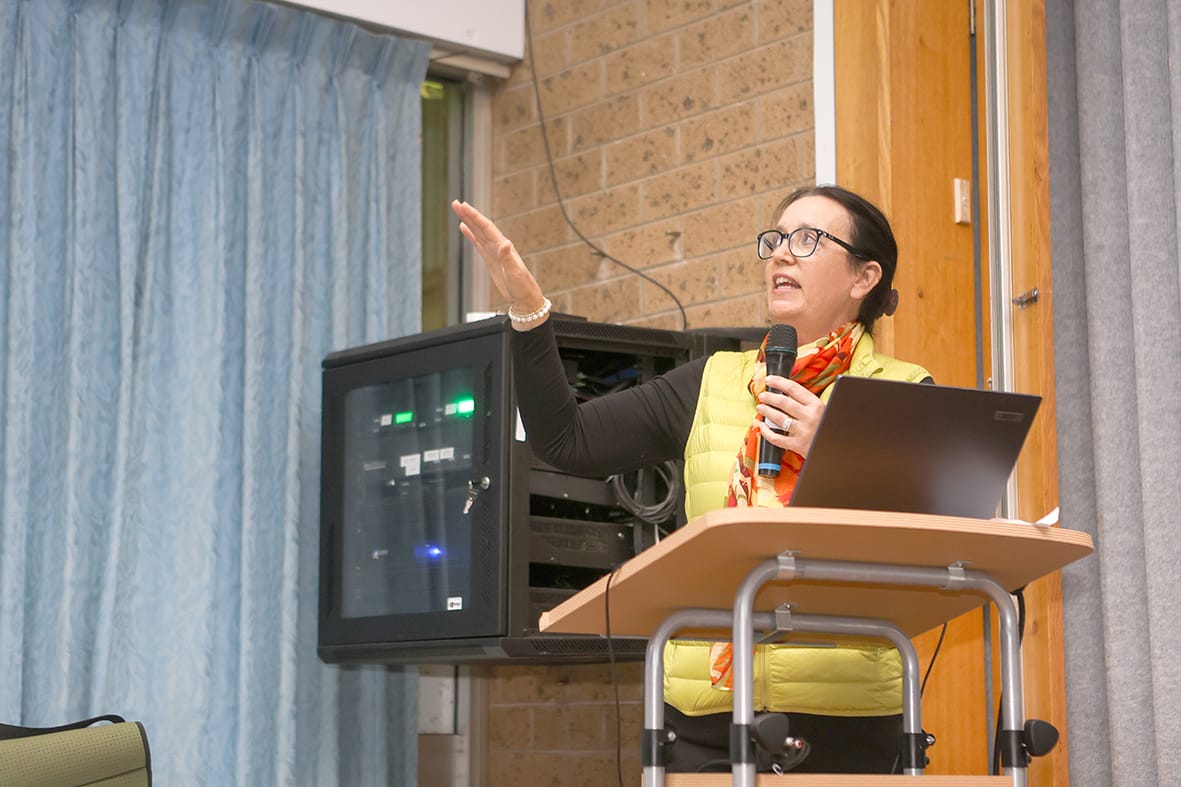

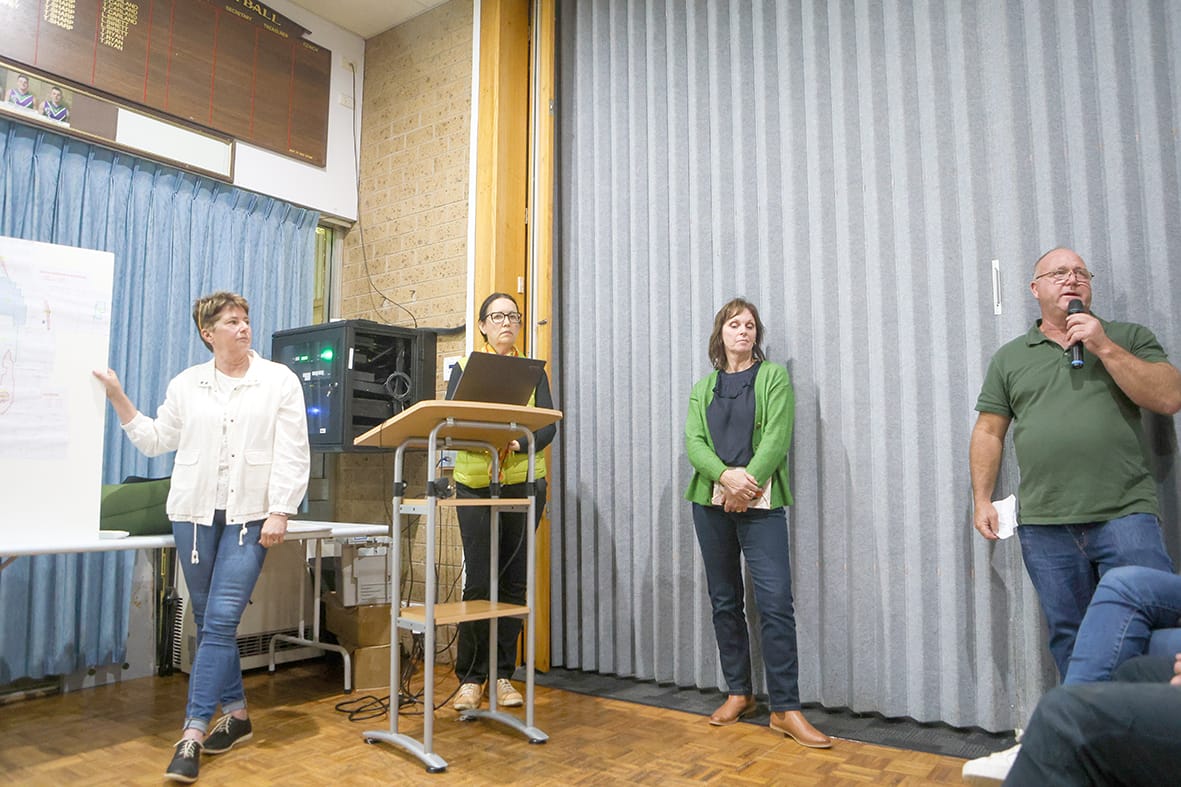
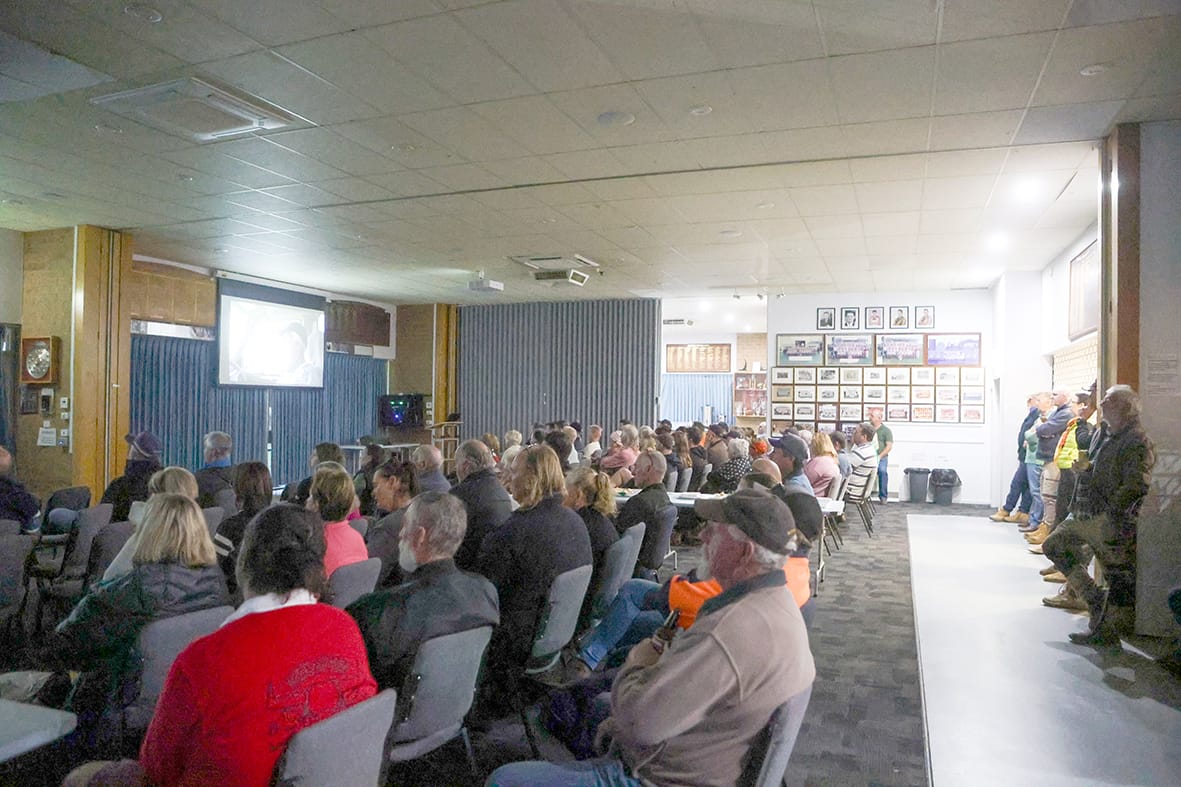
“That was our biggest mistake,” Donna said.
“In hindsight, if you get anything like that, do not sign a thing. Once you sign, you’re caught,” she reinforced.
The mining company then developed an Environmental Effects Statement, a document to identify and assess possible environmental impacts and then suggest actions to reduce the impact, which was designed over ten years by WIM Resources.
The Johns family was informed of the 6,500-page document by a journalist and not the mining company, thirty days before they were meant to put in a submission, also during the middle of cropping time.
Donna also warned of the large impact that these mining companies have on the mental health of farmers and individuals who are affected by the mining companies.
Tanya Clarke, whose family has been farming in Minyip since 1873, says that their family farm is under threat from the Donald Mineral Sands project, which spans 426 square kilometres between Minyip and Donald.
Tanya says that her farm is four kilometres from the processing plant and will have up to 60 vehicles pass her gate “every day, seven days a week, 24 hours a day”.
She warned community groups to not take any money from these mining companies as it positions you to comply with their actions.
“As a community organisation, don’t take any donations or sponsorships, because as soon as you do that you invoke a social licence, and concur with everything that the mining company say,” Tanya said.
Julie Weir then informed the audience of the mining licences in Birchip and surrounding areas.
She highlighted the maps available online and how the mining companies change the names of these mining locations such as the proposed mine from Watchem to Curyo called “Venice Beach” to hide information from locals.
“People power and our voices are all we have,” Julie said.
“We need to stand up. Be accounted, be brave or this area, as we know it, will never ever be the same.”
The panel pointed to the large scale of the retention licences which span 368,000 acres across the Wimmera-Mallee, putting the area at high risk from mining activities.
They also encouraged those in attendance to sign up to the “Mine Free Mallee Farms” Facebook page to stay up to date with the latest information.
Andrew reinforced that the discussion was only designed to inform locals of the impacts of mining and encouraged everyone to do further research before adopting an opinion.
Andrew also invited community members to join the Reset Victoria rally, held in Bendigo on Friday, August 23, to join the fight against these mines, as well as other renewable projects affecting the area.
Benefits
The Resources Victoria website claims that minerals exploration provides a number of benefits including boosting local towns and the economy through expenditure at local businesses and motels.
Mining company, VHM, claims that mineral sands have the power to supply the global sustainable energy transition for future generations and provides important sources of raw materials such as ilmenite and rutile, which are titanium elements used in the production of paint and high-performance metal parts including artificial body parts and aircraft engines.
As the panellists pointed out on Wednesday night, it is important for individuals to do their own research to gain a greater insight on both the positive and negative effects of mining on both their communities and everyday life.



